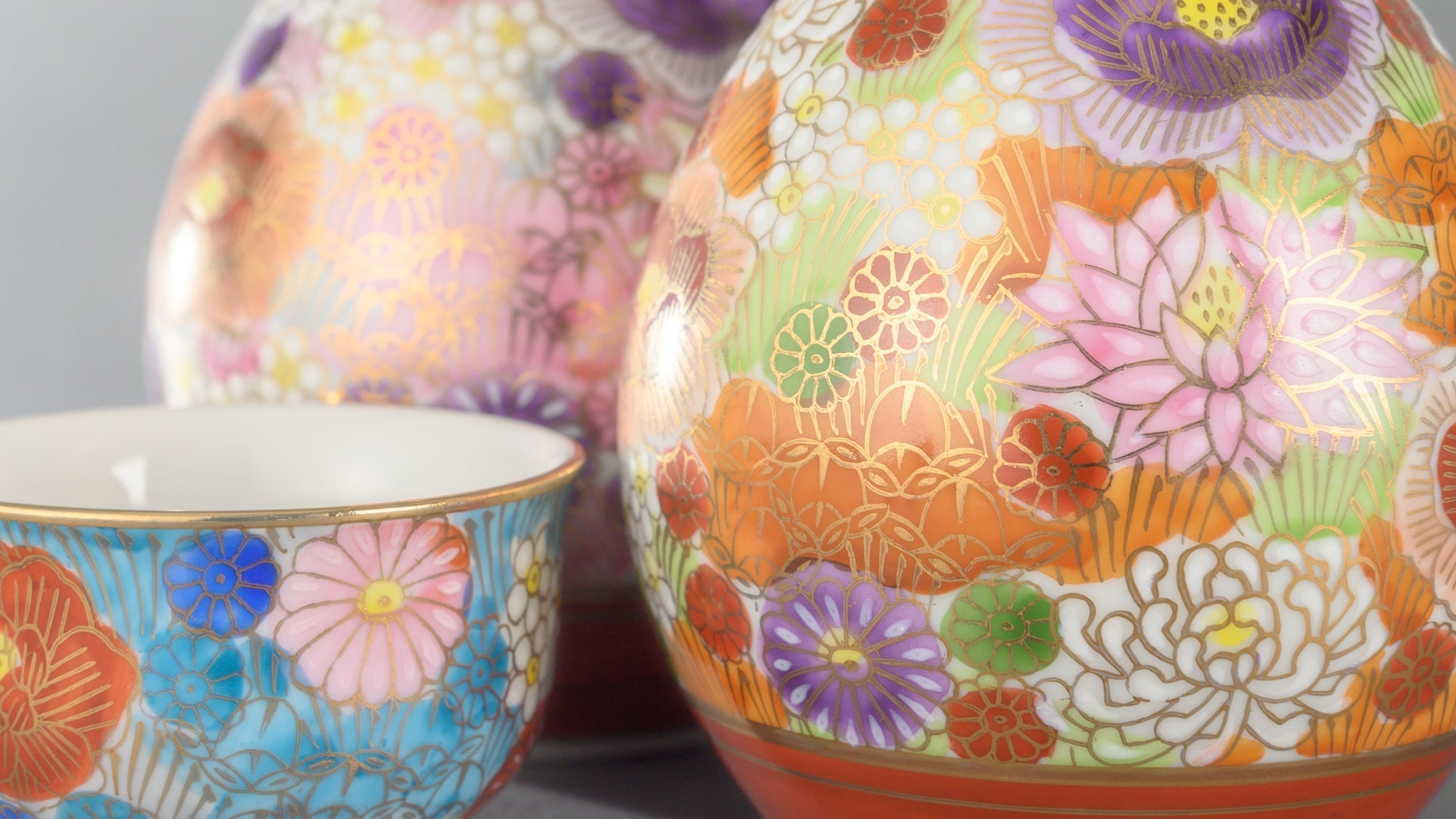
What is Hanazume?
Written by Team MUSUBI
Kutani ware, known for its vivid colors and bold, intricate designs, has captivated people around the world. Hanazume is one of the most luxurious and elegant techniques used to showcase the lavish beauty of Kutani ware. Discover more about this remarkable technique, its rich history, intricate production process, and the exquisite pieces crafted by skilled artisans.
Click here to see Kutani ware collection.
table of contents
About The Hanazume Technique

Hanazume is a Japanese term meaning “filled with flowers.” As the name suggests, it refers to a painting style in which the surface of an item is adorned with flowers of different colors, sizes, and shapes. Kutani ware maximizes the vibrant hues of its overglaze to highlight the intricate floral designs created using the hanazume technique, which requires exceptional skill and patience.
The History of Hanazume
Emerging around 100 years ago, hanazume is one of the more recent overglaze methods in Kutani ware, introduced in 1913 by Mizuta Shiro, a renowned Kutani master artist.
Kutani ware, renowned for its colorful and elegant designs, became a thriving export industry by the late 19th century. Influenced by modern painting and Western crafts, new styles of Kutani ware, often referred to as "modern Kutani," emerged. Hanazume is one such technique that arose from these artistic influences.
Kutani ware, renowned for its colorful and elegant designs, became a thriving export industry by the late 19th century. Influenced by modern painting and Western crafts, new styles of Kutani ware, often referred to as "modern Kutani," emerged. Hanazume is one such technique that arose from these artistic influences.
How is the Hanazume Pattern Painted?
As with other Kutani ware styles, creating a piece in the hanazume style involves multiple steps.
1. Underglazing
Underglazing is the first step, involving the application of an enamel coating to an unglazed piece of pottery. Achieving an even coat of enamel requires swift and skilled application. The coated pieces are then fired at approximately 1300°C (2372°F).
2. Overglazing: Colors on Flowers

As with other Kutani ware pieces, the floral patterns are outlined on the fired items using a blue pigment called gosu.
Once outlined and fired again, the floral designs are adorned with color. Artisans carefully design these floral patterns, which may be entirely hand-painted or stamped. Hand-painted designs offer greater flexibility, while stamped designs create more uniform patterns.
Initially, Kutani ware featured only five overglaze colors, but as artists developed new techniques and imported pigments from overseas, the color palette expanded.
Today, a wide variety of colors are used, offering diverse designs for hanazume pieces. The process of applying colors to the delicate floral patterns on porcelain requires both precision and dedication. The painted items are then fired at approximately 850°C (1,562°F) to set the colors.
Once outlined and fired again, the floral designs are adorned with color. Artisans carefully design these floral patterns, which may be entirely hand-painted or stamped. Hand-painted designs offer greater flexibility, while stamped designs create more uniform patterns.
Initially, Kutani ware featured only five overglaze colors, but as artists developed new techniques and imported pigments from overseas, the color palette expanded.
Today, a wide variety of colors are used, offering diverse designs for hanazume pieces. The process of applying colors to the delicate floral patterns on porcelain requires both precision and dedication. The painted items are then fired at approximately 850°C (1,562°F) to set the colors.
3. Kinsai–Gold Painting

After the overglazing process, the floral outlines and finishing touches are highlighted with gold.
Outlining the flower designs with gold has become the common style, known as kin-hanazume, where kin means “gold.” The gold detailing is fired at 750°C (1382°F), a lower temperature than the overglaze, to preserve its brilliance.
Pieces embellished with hanazume are fired at least three times, and up to five times if refinements are needed. The entire process takes approximately five weeks and is completed with great care, requiring significant time and effort.
Outlining the flower designs with gold has become the common style, known as kin-hanazume, where kin means “gold.” The gold detailing is fired at 750°C (1382°F), a lower temperature than the overglaze, to preserve its brilliance.
Pieces embellished with hanazume are fired at least three times, and up to five times if refinements are needed. The entire process takes approximately five weeks and is completed with great care, requiring significant time and effort.
An Everlasting Bouquet
Though relatively new in the long history of Kutani ware, the hanazume style embodies the traditional vibrancy and intricate elegance that define Kutani ware.
The vivid colors combined with gold evoke a sense of luxury, yet the floral designs make these pieces equally suited for everyday use. This cheerful design makes it a perfect gift for occasions such as Mother's Day, birthdays, or housewarming.
Choose a Kutani ware piece to decorate your table and home—one that embodies the charm and elegance of the hanazume style.
The vivid colors combined with gold evoke a sense of luxury, yet the floral designs make these pieces equally suited for everyday use. This cheerful design makes it a perfect gift for occasions such as Mother's Day, birthdays, or housewarming.
Choose a Kutani ware piece to decorate your table and home—one that embodies the charm and elegance of the hanazume style.




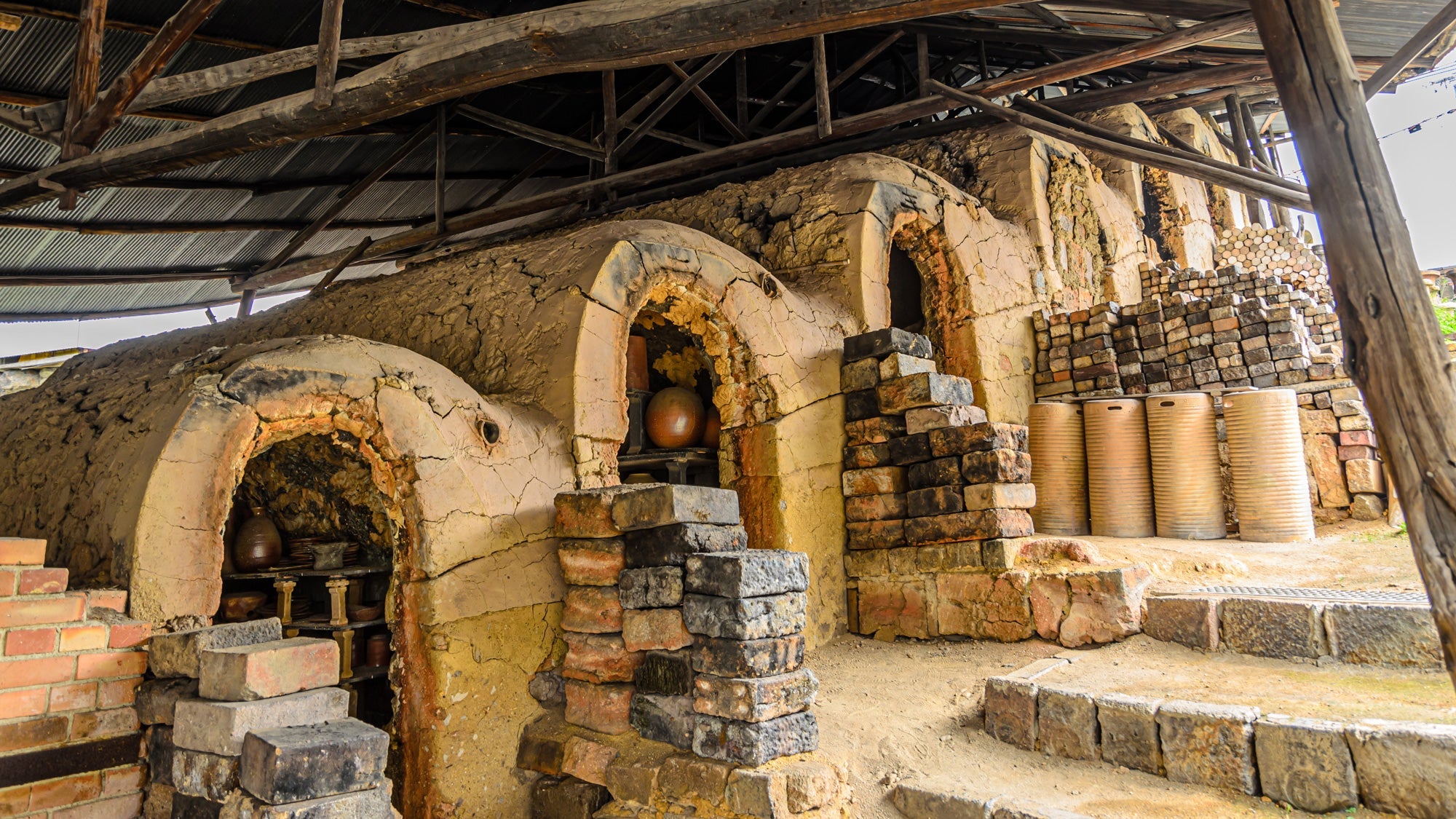
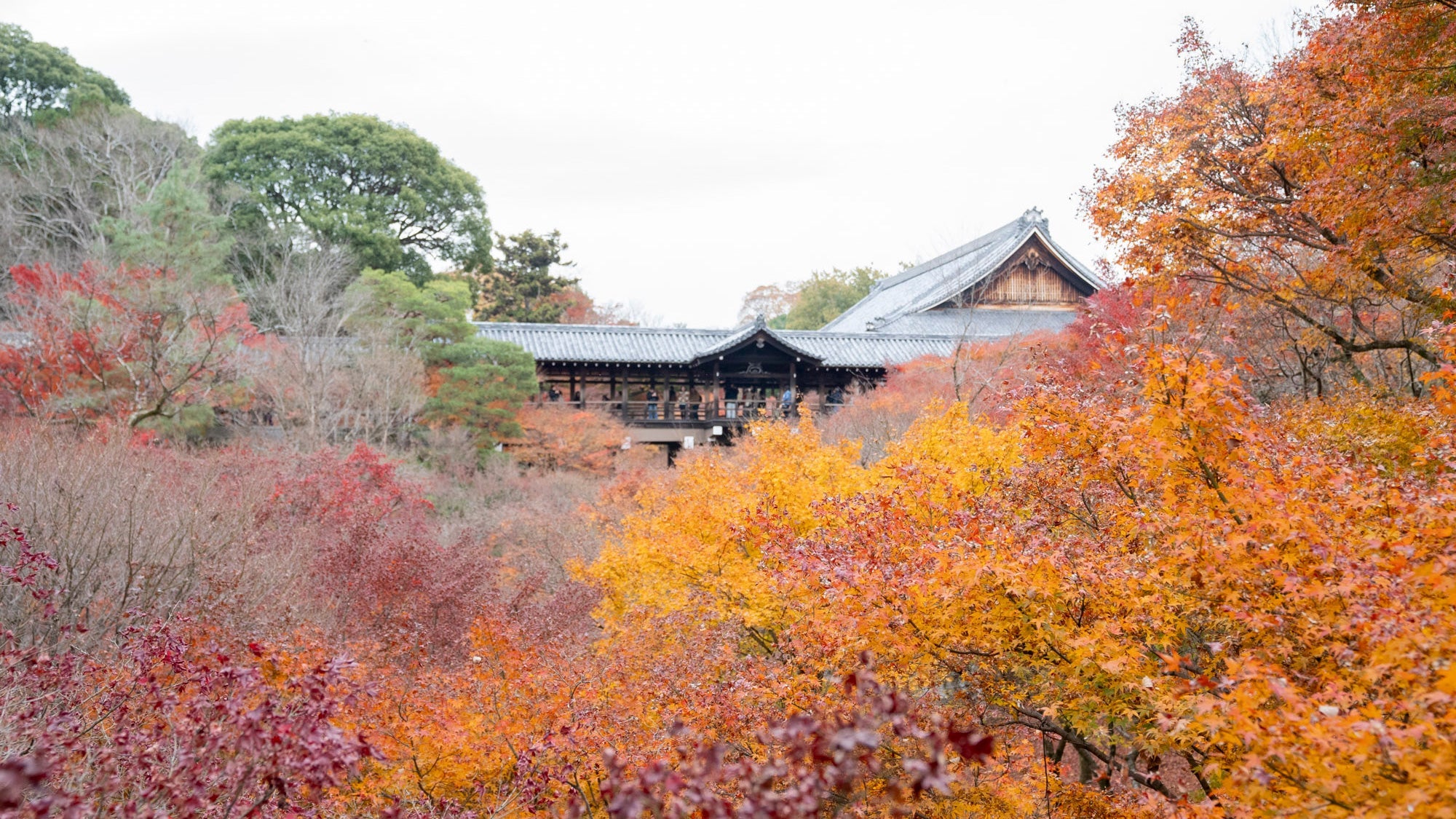
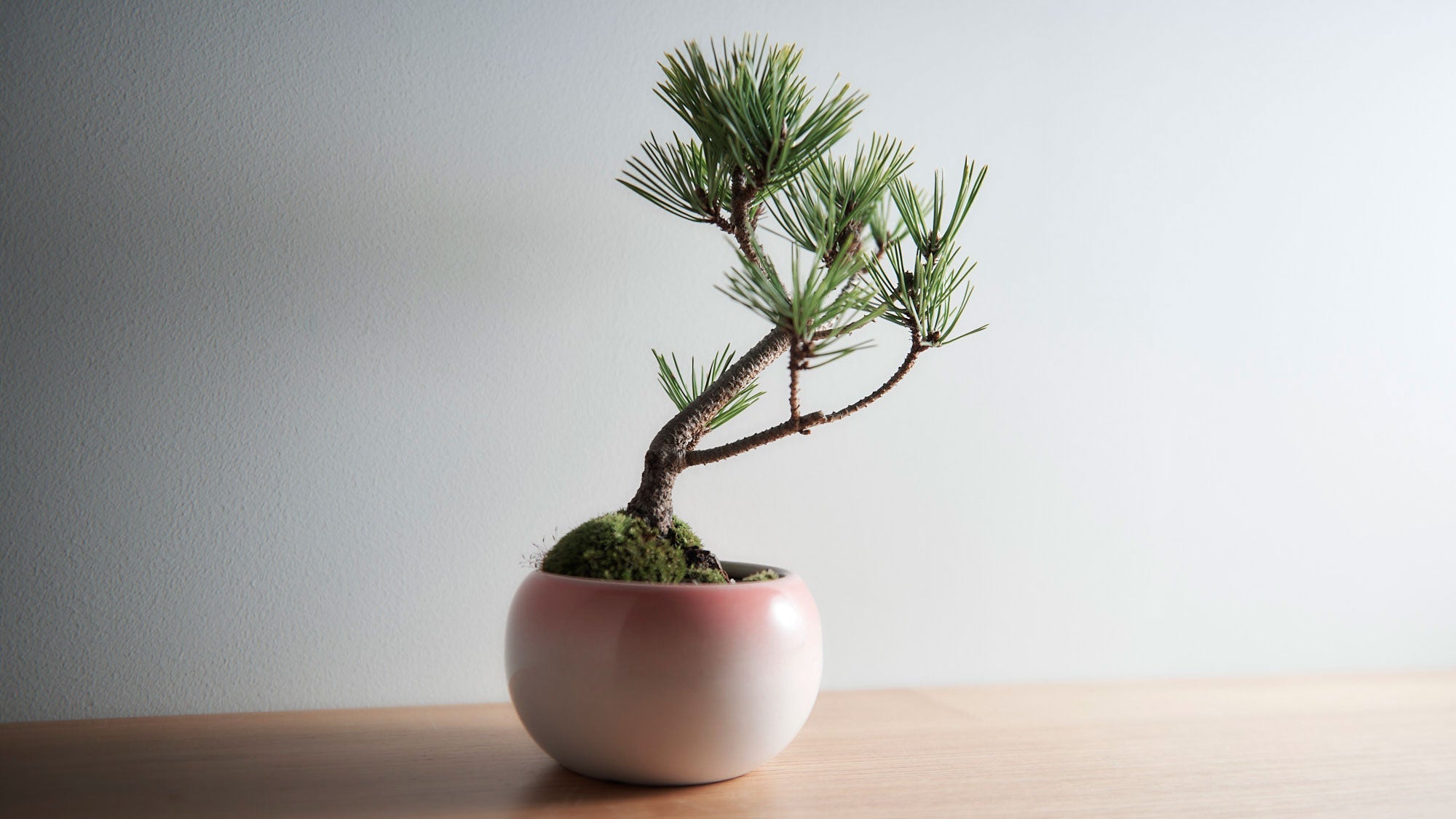
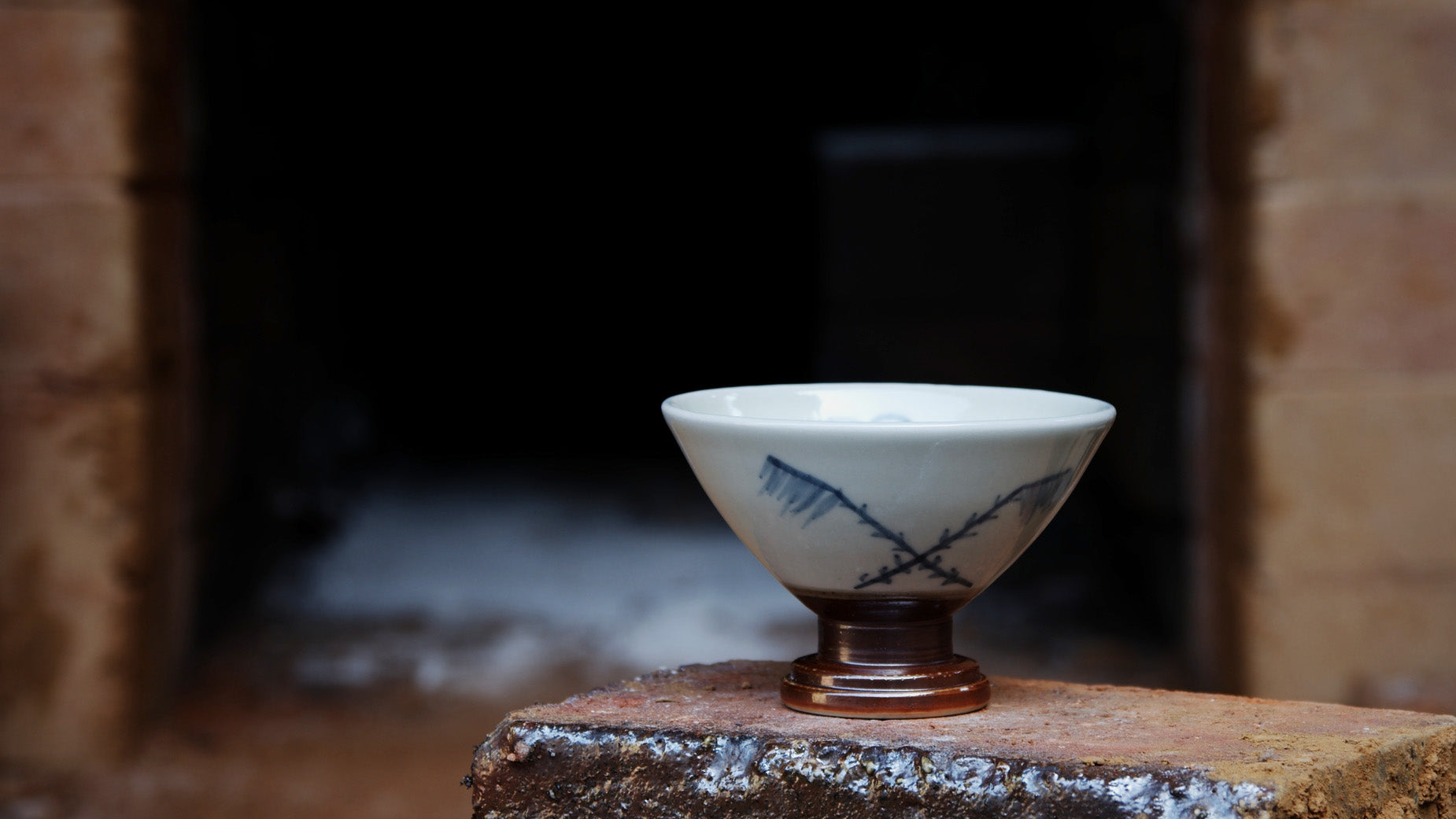
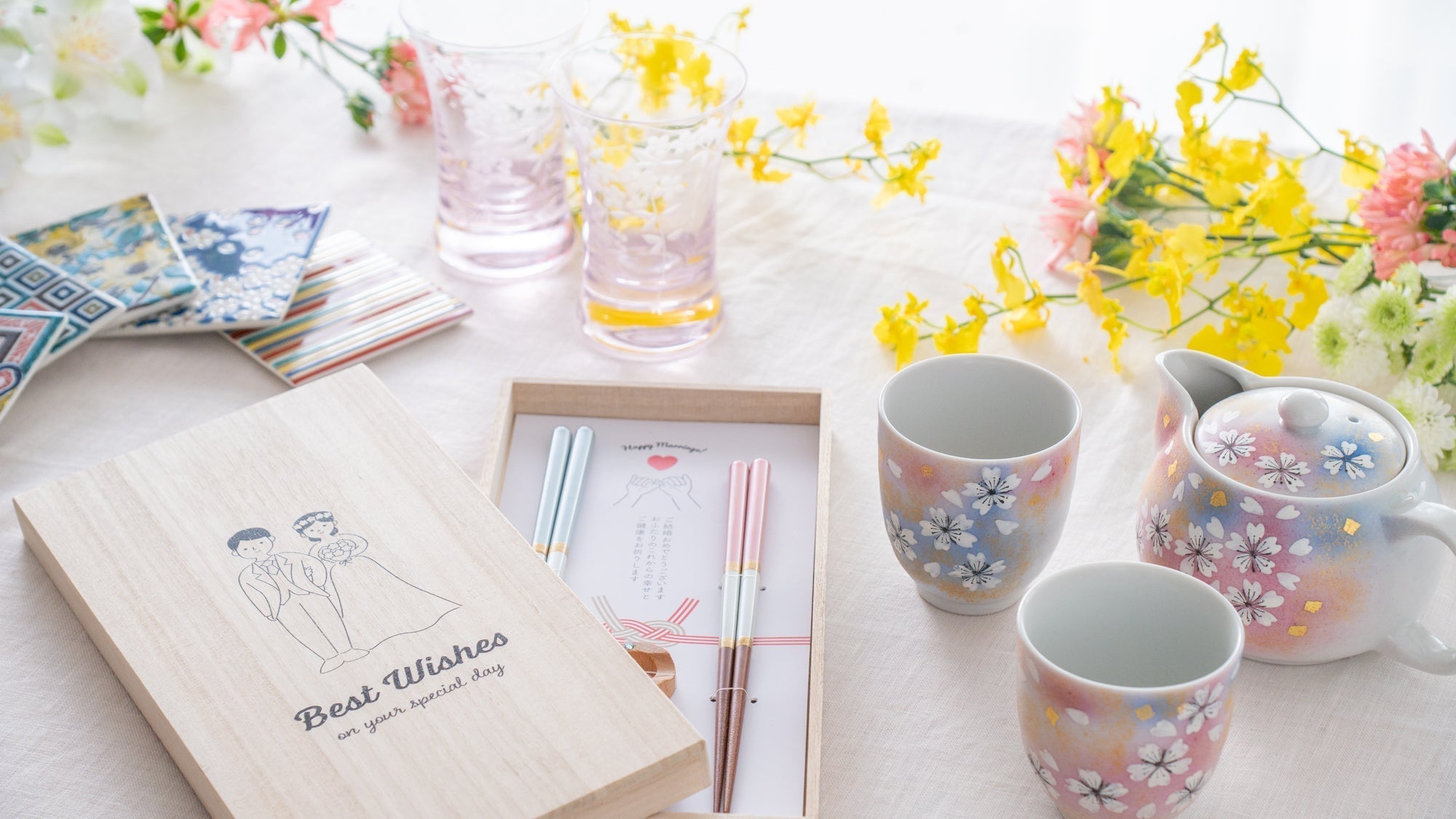
Leave a comment
This site is protected by hCaptcha and the hCaptcha Privacy Policy and Terms of Service apply.